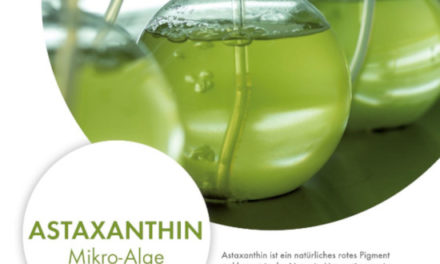Inocybe brijunica sp. nov., a New Ectomycorrhizal Fungus from Mediterranean Croatia Revealed by Morphology and
Multilocus Phylogenetic Analysis
Armin Mešic´ 1 , Danny Haelewaters 2,3,4,* , Zdenko Tkalˇcec 1, Jingyu Liu 3, Ivana Kušan 1 , M. Catherine Aime 3 and Ana Pošta 1
1 Laboratory for Biological Diversity, Ruder Boškovic´ Institute, Bijenicka cesta 54, HR-10000 Zagreb, Croatia; amesic@irb.hr (A.M.);
ztkalcec@irb.hr (Z.T.); ikusan@irb.hr (I.K.); aposta@irb.hr (A.P.)
2 Faculty of Science, University of South Bohemia, Branišovská 31, 370 05 Ceské Budˇejovice, Czech Republic
3 Department of Botany and Plant Pathology, Purdue University, 915 W. State Street, West Lafayette, IN 47907, USA;
liu1643@purdue.edu (J.L.); maime@purdue.edu (M.C.A.)
4 Research Group Mycology, Department of Biology, Ghent University, K.L. Ledeganckstraat 35, 9000 Ghent, Belgium
* Correspondence: danny.haelewaters@gmail.com
Abstract
A new ectomycorrhizal species was discovered during the first survey of fungal diversity at Brijuni National Park (Croatia), which consists of 14 islands and islets. The National Park is located in the Mediterranean Biogeographical Region, a prominent climate change hot-spot. Inocybe brijunica sp. nov., from sect. Hysterices (Agaricales, Inocybaceae), is described based on morphology and multilocus phylogenetic data. The holotype collection was found at the edge between grassland and Quercus ilex forest with a few planted Pinus pinea trees, on Veli Brijun Island, the largest island of the archipelago. It is easily recognized by a conspicuous orange to orange–red–brown membranaceous surface layer located at or just above the basal part of the stipe. Other distinctive features of I. brijunica are the medium brown, radially fibrillose to rimose pileus; pale to medium brown stipe with fugacious cortina; relatively small, amygdaliform to phaseoliform, and smooth basidiospores, measuring ca. 6.5–9 × 4–5.5 µm; thick-walled, utriform, lageniform or fusiform pleurocystidia (lamprocystidia) with crystals and mostly not yellowing in alkaline solutions; cheilocystidia of two types (lamprocystidia and leptocystidia); and the presence of abundant caulocystidia only in the upper 2–3 mm of the stipe. Phylogenetic reconstruction of a concatenated dataset of the internal transcribed spacer region (ITS), the nuclear 28S rRNA gene (nrLSU), and the second largest subunit of RNA polymerase II (rpb2) resolved I. brijunica and I. glabripes as sister species.
Keywords
1 new taxon; Agaricomycetes; Basidiomycota; biodiversity; climate change; Inocybaceae; taxonomy









